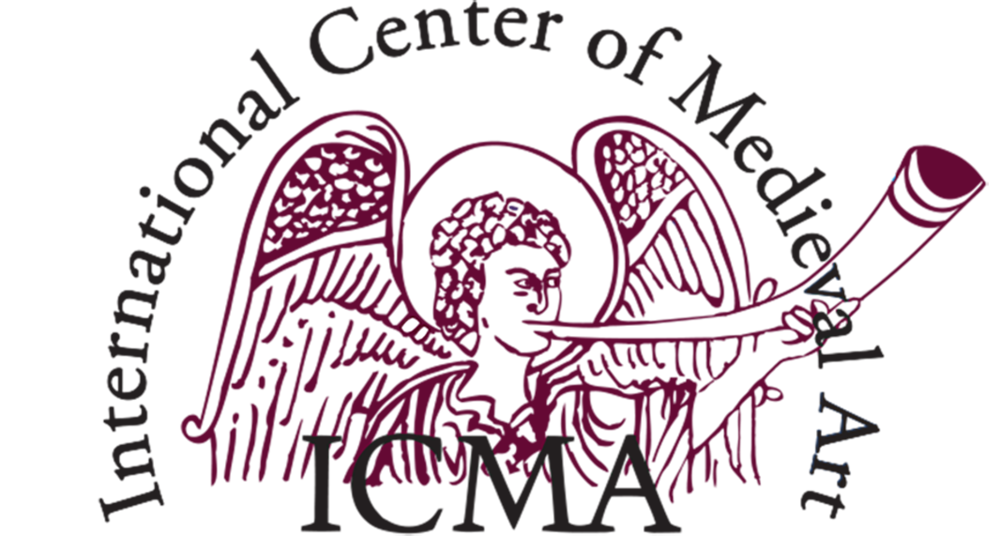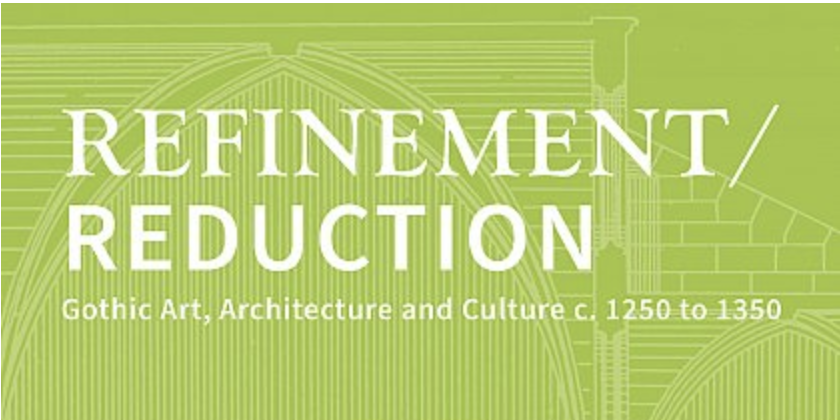Call for Papers: International Workshop
Saints and martyrs between Italy and the Mediterranean in Late Antiquity: Movements, connections, and influences
Ludwig-Maximilians-Universität Munich, 22-23 November 2024
Due by 24 MAy 2024
In a world such as the Late Antique one, which was experiencing profound changes compared to the previous period, areas once held together by imperial political cohesion, found themselves related by a new connection produced by the expansion of Christianity: the movement and exchange of the cult of saints.
The exchange and spread of the cults of saints and martyrs is testified by archaeological, iconographic, literary and other sources. Among the literary sources, this is illustrated, for example, by the presence of non-local cults in the liturgical calendars of certain geographical areas. A further example is provided by the accounts of late antique pilgrims and authors compiling hagiographies of martyrs, whose cult arrived through the transport of relics. Further evidence of mutual connections and influences is also attested by the construction of basilicas dedicated to 'imported' saints, with the consequent worship of these non-local patrons.
Within this context, Italy seems having an important role, not only in the 'exportation' of its own saints, but also in the reception and assimilation of foreign saints. In addition to the traditional worship, these are also assimilated into local cults. Therefore, this entails, for example, the change of the urban space itself, with the foundation of dedicated basilicas or the assimilation of foreign saints into local hagiographic literature.
Consequently, Italy may be considered as an important area of origin and spread of the cult of saints in the Mediterranean. Moreover, it may be considered as an attracting place for a large foreign cult, making it an excellent example of the movement of the cults of saints and martyrs within the whole late antique geographical area.
The aim of the workshop is to investigate and deepen the dynamics and the questions involved in the circulation of the cults of saints and martyrs from Italy to other areas of the Mediterranean and vice versa. Additionally, the objective is to analyse which exchanges and mutual influences.
these movements entailed and in which sources they can be found. In conclusion, the interest is directed towards the reasons why certain non-local cults became important in specific geographical areas and, in addition to the martyrs, if the cults of sanctified bishops or rather confessors around whom a cult developed and spread to areas far from their origins were also spread and assimilated.
We will accept proposals for papers, from a multidisciplinary perspective: scholars of archaeology, art history, iconography, architecture, epigraphy, hagiography, late antique, early Christian literature and ancient history. Additionally, all related disciplines are welcome to submit a paper.
The following topics are suggested, but any other topic is accepted:
The spread of the cult of saints and martyrs between Italy and other areas of the
Mediterranean through epigraphic, hagiographic, iconographic sourcesThe transport of relics: archaeological and historiographical evidence
The construction of basilicas or monasteries dedicated to 'imported' saints
The role of bishops in the spread of the cults of saints and martyrs
The spread of cults dedicated not only to martyrs, but rather to bishops or confessors
You are invited to submit an abstract (maximum 300 words) accompanied by a short CV by 24 Mai. All submissions should include your name, e-mail address and academic affiliation if applicable). Participants are expected to give a 20-30-minute talk, followed by an extended session for discussion. The workshop will take place in person in English at the Ludwig-Maximilians-Universität Munich on 22-23 November 2024. A publication is planned, for which the contributions may be in English, German or Italian. A contribution will also be made towards travel expenses.
The workshop is organised by the Institut fir Bysantinistik, Bysantinische Kunstgeschichte und Neogräzistik, Ludwig-Maximilians-Universität Minchen, with the kind support of the Spätantike Archäologie und Byzantinische Kunstgeschichte e.V.
If you have any questions, please do not hesitate to contact:
Daniela Coppola, M.A.
Ludwig-Maximilian-Universität, Munich




















